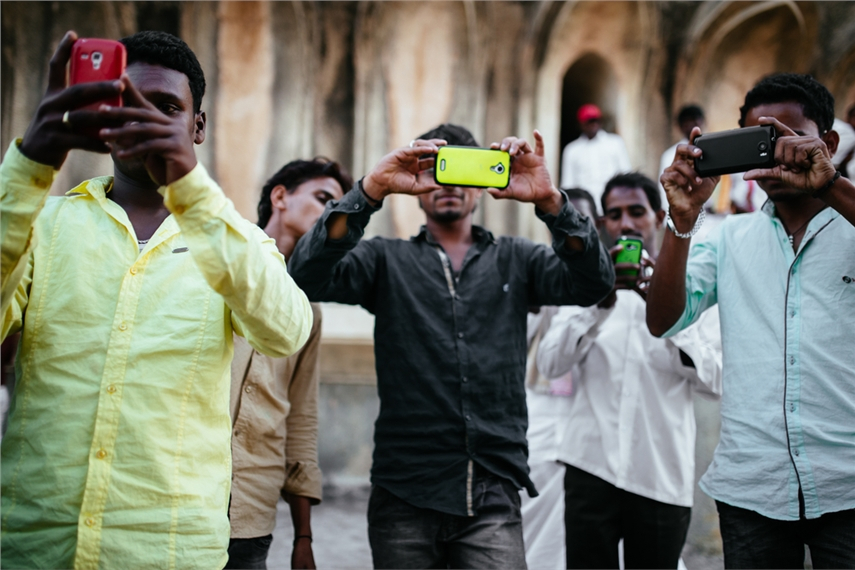
Please sign in or register
Existing users sign in here
Having trouble signing in?
Contact Customer Support at
[email protected]
or call+91 22 69489600
Amazon is India's mobile darling, with Flipkart not far behind. PayTm, Big Bazaar, Myntra and Tata also score in the top 20.

Contact Customer Support at
[email protected]
or call+91 22 69489600
Top news, insights and analysis every weekday
Sign up for Campaign Bulletins
The in-office policy was updated in November, when Omnicom acquired Interpublic Group.
Despite this, the IPL set a groundbreaking online broadcasting record, with over 384.6 billion minutes of watch time.
The codes do not limit creativity. Rather, it helps unlock it–consistently, ethically, and at scale.
The independent agency's culturally rooted approach to South Indian markets earns recognition with campaigns for Asianet, Bigg Boss Malayalam, and MyG.